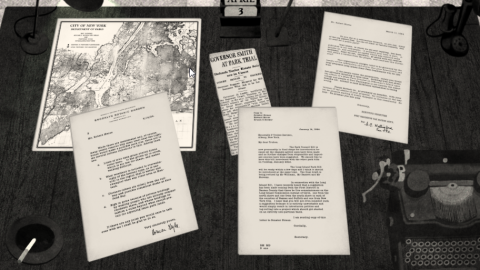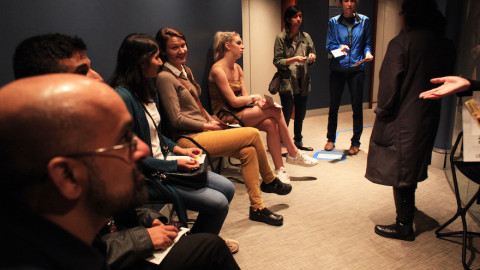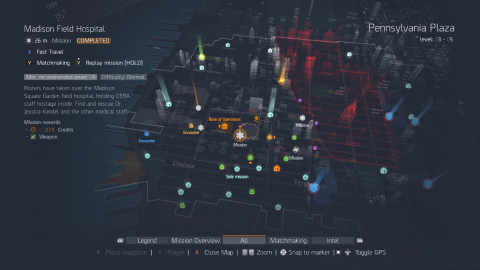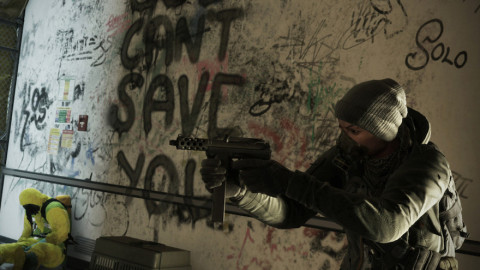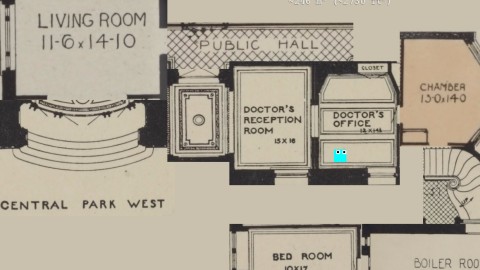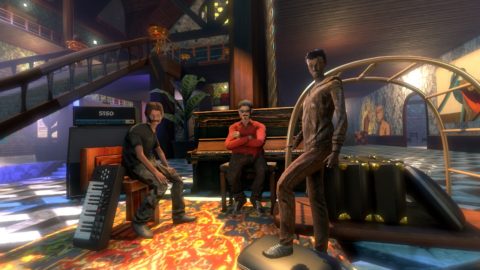
Making videogames inspired by New York’s musical improv scene
Greg Heffernan (aka Cosmo D) is making videogames unlike anyone else right now. He attributes it to two things: his early efforts to visualize music, and his background among the New York music scene. The first game he made, Saturn V (2014), turned the track of the same name by Heffernan’s band Archie Pelago into a virtual space. It was meant as a creative experiment: Heffernan said that he always thought of the music he created as a window into his head. By turning “Saturn V” into a 3D space he calcified that idea. Players could wander around a “vertical…
